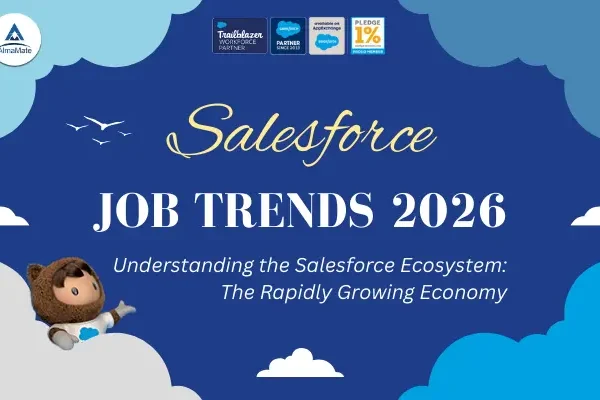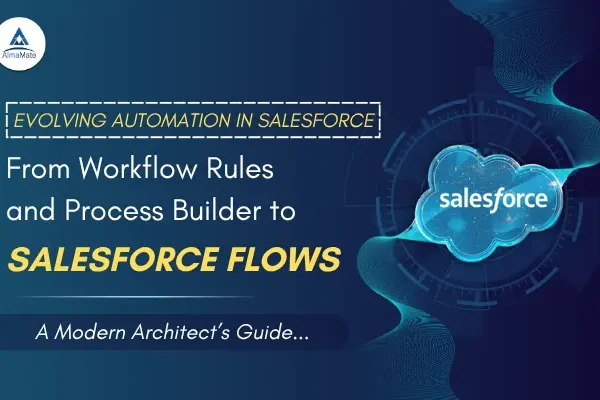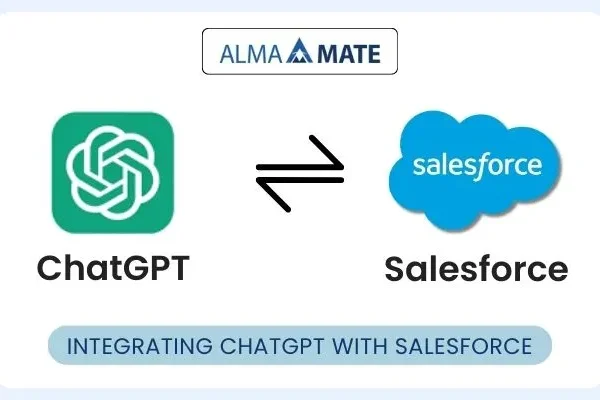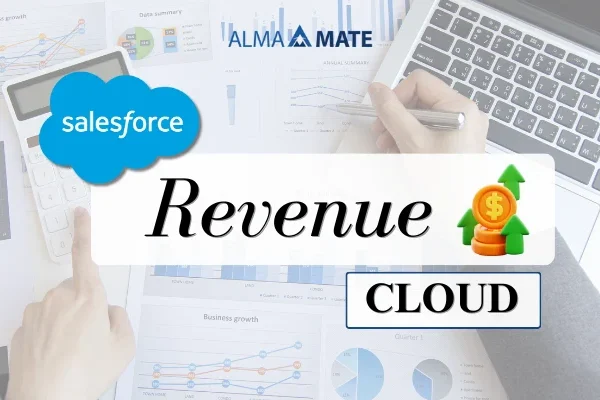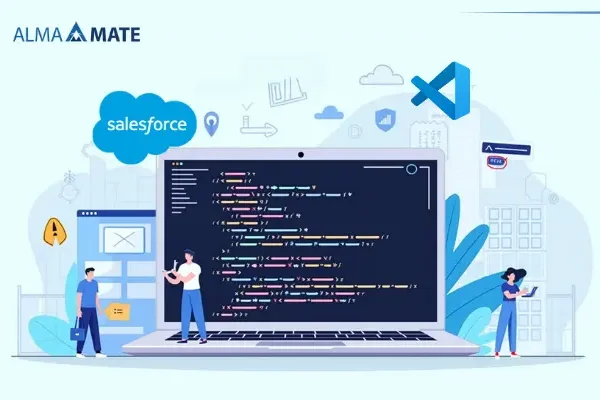Full stack development is a highly sought-after skill set in today’s technology-driven world, encompassing expertise in both front-end and back-end development. A full stack developer works on building complete applications, from user interfaces to databases, server-side programming, and APIs. A structured roadmap is necessary to navigate the vast array of technologies and tools effectively. Below is a detailed guide to becoming a full stack developer.

Step 1: HTML and CSS
Begin with the building blocks of the web:
- HTML: Learn about HTML text elements, links, images, tables, forms, and semantic HTML for better accessibility and SEO.
- CSS: Focus on styling text, colors, and layouts. Master concepts like the Box Model, positioning, Flexbox, Grid, and responsive design with media queries.
Step 2: JavaScript Basics
JavaScript is essential for full stack development. Cover:
- Core Concepts: Control flow, functions, arrays, and objects.
- DOM Manipulation: Learn how to create dynamic and interactive web pages.
- ES6 Features: Focus on modern JavaScript, including let/const, arrow functions, template literals, and destructuring.
Step 3: Advanced JavaScript
Dive deeper into JavaScript with:
- Asynchronous JavaScript: Master promises, async/await, and the event loop.
- Event Handling: Learn how to handle user interactions effectively.
- Error Handling: Focus on debugging techniques and best practices.
- AJAX and Fetch API: Fetch data dynamically from external APIs.
Step 4: Master Front-End Development with React
React is one of the most popular libraries for building user interfaces:
- Components and Props: Learn how to build reusable components.
- State and Lifecycle: Understand component state management and lifecycle methods.
- Hooks: Use React Hooks to manage state and side effects efficiently.
- Advanced Concepts: Dive into routing, context API, and performance optimization.
Step 5: Back-End Development
Master the server side to complement your front-end skills:
- Node.js: Build a basic server using Node.js modules and Express.js.
- MongoDB: Explore NoSQL databases, including CRUD operations and data modeling with Mongoose.
- Express.js: Express.js is a minimalist and flexible web application framework for Node.js. It is designed for building web applications and APIs quickly and efficiently. Developers have the freedom to structure their applications as they like.
- RESTful APIs: Learn to design and implement APIs for seamless communication between the front-end and back-end.
Step 6: Version Control with Git
Collaborative coding and version tracking are key:
- Initialize a Git repository and manage branches.
- Work with remote repositories like GitHub.
- Explore advanced Git features like rebasing and resolving conflicts.
Step 7: Agile and CI/CD Practices
Efficient workflows and deployment strategies enhance productivity:
- Agile Methodology: Understand scrum, sprint planning, and execution.
- CI/CD: Learn to set up pipelines using tools like Jenkins or GitHub Actions to automate testing and deployments.
Step 8: Build Capstone Projects
Practical experience is indispensable for applying knowledge and showcasing skills. Work on:
- E-Commerce Website: Implement product listing, cart management, and payment gateways.
- Real-Time Chat Application: Enable users to send and receive messages instantly.
- Project Management Tool: Create a system to manage tasks and track progress.
Step 9: Integrate AI into Applications
Modern web development increasingly incorporates AI:
- Explore generative AI tools for tasks like text generation and image synthesis.
- Learn to integrate real-time AI features for personalized user experiences.
Step 10: Resume Building and Placement Preparation
Enhance your professional profile with:
- Mock Interviews: Practice real-world scenarios.
- Resume Optimization: Highlight projects, certifications, and skills effectively.
- Placement Support: Connect with hiring partners to secure opportunities.
Challenges and How to Overcome Them
- Tool Overload: Start with the MERN stack (MongoDB, Express.js, React, Node.js) to avoid confusion.
- Burnout: Take breaks and balance learning with rest.
- Debugging: Develop a structured approach to debugging using tools like Chrome DevTools.
Why Become a Full Stack Developer?
- Versatility: Manage front-end and back-end, adding value to teams.
- High Demand: Full stack developers are sought after in diverse industries.
- Growth Potential: This skill set opens doors to lucrative career opportunities.
Conclusion
Becoming a full stack developer is a challenging yet rewarding journey. Follow this roadmap and adapt it to your pace. Build practical projects, stay updated with evolving technologies, and embrace continuous learning. With persistence, you’ll unlock exciting opportunities in tech and become a versatile, in-demand professional.
Ready to transform your future and become a full-stack developer? Almamate’s Full Stack Certification program provides you with the skills, tools, and guidance needed to excel in the tech industry. From mastering front-end and back-end technologies to building real-world projects, our structured courses and expert mentorship will set you on the path to success. Don’t wait—enroll today and unlock exciting career opportunities in the ever-evolving world of technology!
The images on this web page have been sourced from pexels.com for illustrative purposes only.





